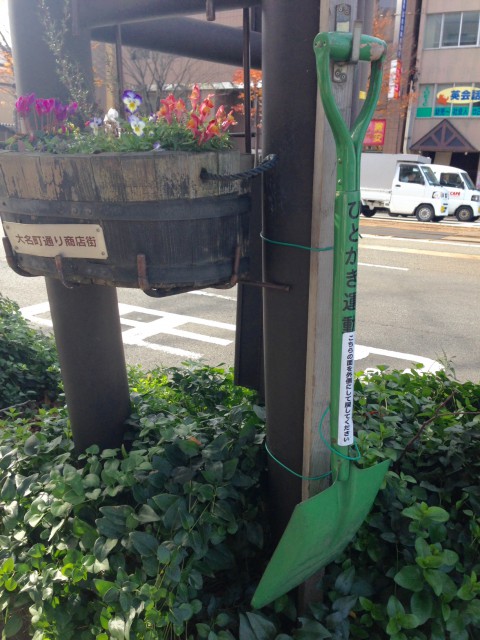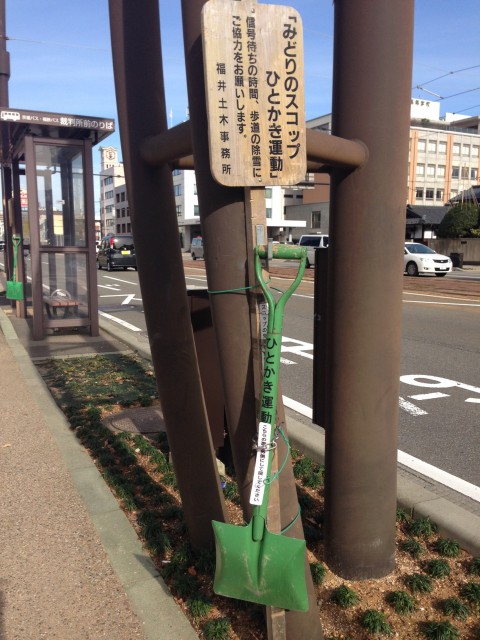A mystery hero “Happeace man” (Happy, peace and smile man)!!
2015.12.15
We went to an event, “experiencing the traditional Japanese dancing (Geisha dancing) and its live music show” in “Awara Onsen” (hot spring resorts) in Awara city, Fukui prefecture.
The event was held at “Awara Traditional entertainment center,” and we met a "mystery man" who was in a yellow costume there.
The man next to Charlotte is the local idol/hero(?!) (the man is originally from Sakai city in Fukui prefecture, that's pretty much all we know about this "mystery man").
He is working hard towards achieving world peace.
His name is “Happeace man". According to him, it is shortened for a happy, peace and smile man. He frequently appears at many places.
There are many interesting people in the world.
T.S
"Happeace man"'s facebook https://www.facebook.com/fukui.hpsm


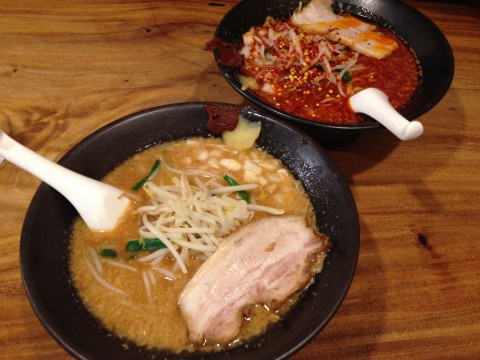
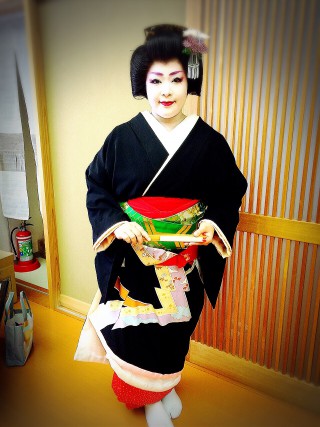
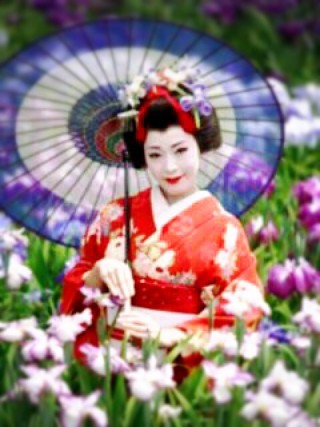
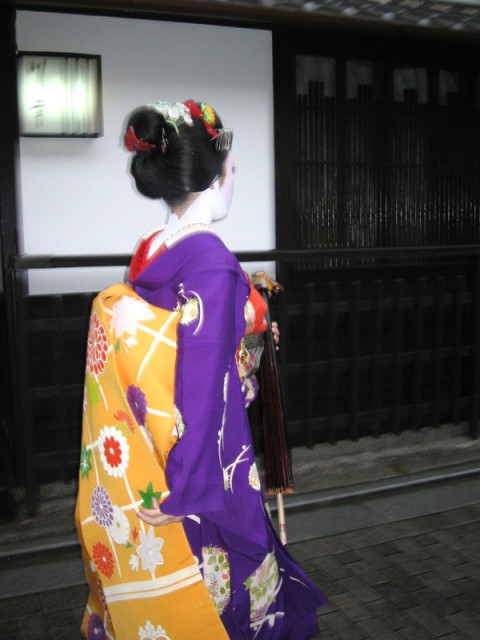 Maiko
Maiko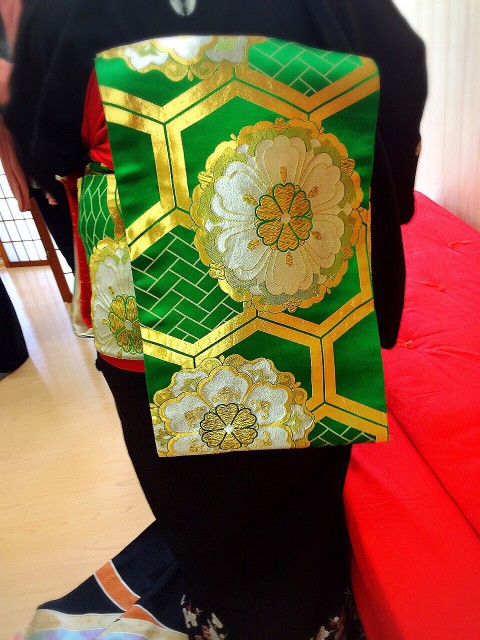 Geiko/Geigi
Geiko/Geigi